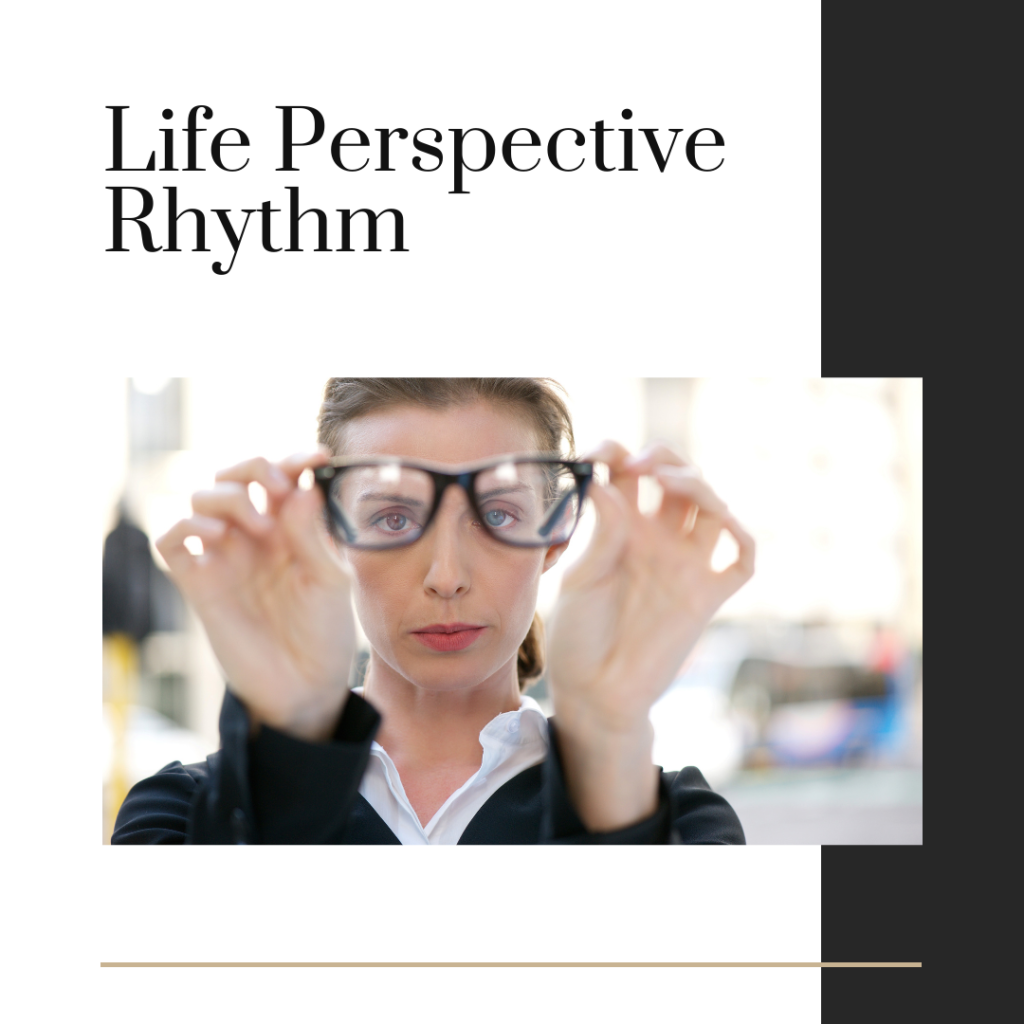Joyce Fitzpatrick’s Life Perspective Rhythm Model
Introduction
Joyce Fitzpatrick’s Life Perspective Rhythm Model is a foundational concept in nursing, offering a comprehensive framework for understanding the dynamic nature of health and the rhythms of life. This model is crucial for students and healthcare professionals, providing insights into promoting harmony and health through nursing interventions.
Key takeaways:
- Overview of Joyce Fitzpatrick’s Life Perspective Rhythm Model
- Key concepts and components
- Practical application in nursing
- Challenges and solutions
What is Joyce Fitzpatrick’s Life Perspective Rhythm Model?
Joyce Fitzpatrick’s Life Perspective Rhythm Model is a nursing theory emphasizing the rhythmic nature of life and health. Developed by Joyce Fitzpatrick, this model focuses on the patterns and rhythms that influence an individual’s health experiences.
Importance in Nursing and Healthcare
The model is essential in nursing as it helps healthcare providers understand and support the natural rhythms of patients’ lives. By aligning nursing interventions with these rhythms, nurses can enhance patient care and improve health outcomes.

Key Concepts of Fitzpatrick’s Life Perspective Rhythm Model
Life Perspective
Life Perspective refers to each individual’s unique view of their health and life experiences. It encompasses the personal, cultural, and social contexts that shape one’s health.
Rhythmicity
Rhythmicity is the concept of natural rhythms in life and health. It includes daily, seasonal, and life-stage rhythms that affect an individual’s well-being.
Uniqueness
Uniqueness highlights the individual differences in health experiences. Each person has distinct rhythms and patterns that influence their health.
Health
Health is viewed as a dynamic state of being that fluctuates with life’s rhythms. It is not a static condition but a continuous process of adaptation and harmony.
Nursing
In the context of Fitzpatrick’s model, nursing involves promoting harmony and health by supporting the natural rhythms of life. Nurses play a crucial role in identifying and facilitating these rhythms to enhance patient care.
| Key Concepts | Description |
|---|---|
| Life Perspective | Unique view on health and life experiences |
| Rhythmicity | Natural rhythms in life and health |
| Uniqueness | Individual differences in health experiences |
| Health | Dynamic state of being |
| Nursing | Promoting harmony and health |
Application of Fitzpatrick’s Life Perspective Rhythm Model
Assessment
Nurses assess the life rhythms and patterns of patients by:
- Conducting thorough interviews to understand daily routines and life stages.
- Observing behavioral and physiological patterns.
Interventions
Effective nursing interventions to support health rhythms include:
- Encouraging regular sleep and wake cycles.
- Promoting balanced activity and rest periods.
- Providing culturally sensitive care that respects individual life perspectives.
Outcomes
Aligning nursing interventions with patients’ natural rhythms can lead to:
- Improved patient satisfaction.
- Enhanced physical and mental well-being.
- Better adherence to treatment plans.
Challenges and Solutions in Applying the Model
Identifying Individual Rhythms
Challenge: Each patient has unique life rhythms that can be complex and difficult to identify. Solution: Nurses can use comprehensive assessments and personalized interviews to understand the specific rhythms of each patient. Developing strong communication skills and building rapport with patients can also help in accurately identifying these rhythms.
Developing Effective Interventions
Challenge: Creating interventions that align with individual rhythms while being practical and effective in a clinical setting. Solution: Nurses should focus on flexible and adaptable interventions that can be tailored to each patient. Utilizing evidence-based practices and collaborating with interdisciplinary teams can enhance the development of effective interventions.
Training Healthcare Professionals
Challenge: Ensuring that all healthcare professionals are adequately trained to apply Fitzpatrick’s Life Perspective Rhythm Model. Solution: Implement ongoing training programs and workshops to educate healthcare providers about the model. Encourage continuous learning and provide resources such as case studies and practical examples to reinforce training.
| Challenges | Solutions |
|---|---|
| Identifying Individual Rhythms | Comprehensive assessments and personalized interviews |
| Developing Effective Interventions | Flexible, evidence-based, and interdisciplinary approaches |
| Training Healthcare Professionals | Ongoing training programs and continuous learning |
Case Studies and Real-world Applications
Example 1: Enhancing Sleep Patterns in Hospitalized Patients
At Community Hospital, nurses applied Fitzpatrick’s model to improve sleep patterns among patients. By assessing individual sleep rhythms and implementing personalized sleep schedules, the hospital saw a significant reduction in patient sleep disturbances and overall improvement in patient satisfaction.
Example 2: Managing Seasonal Affective Disorder (SAD)
Health Clinic ABC used Fitzpatrick’s model to help patients manage Seasonal Affective Disorder. By aligning treatment plans with patients’ seasonal rhythms and providing light therapy, the clinic achieved better outcomes in managing SAD symptoms.
Related Questions and Answers
How does Fitzpatrick’s Life Perspective Rhythm Model benefit patients?
The model benefits patients by promoting a holistic approach to health that considers their unique life rhythms. This personalized care can lead to improved health outcomes and greater patient satisfaction.
What are the limitations of Fitzpatrick’s Life Perspective Rhythm Model?
One limitation is the complexity of accurately identifying and aligning with individual rhythms, which requires significant time and effort from healthcare providers.
How can nurses effectively implement this model in practice?
Nurses can implement the model by conducting thorough assessments, developing flexible interventions, and engaging in continuous education and training.
Frequently Asked Questions (FAQs)
What are the main components of Fitzpatrick’s Life Perspective Rhythm Model?
The main components include life perspective, rhythmicity, uniqueness, health, and nursing. These components work together to provide a holistic framework for patient care.
How does this model differ from other nursing theories?
Fitzpatrick’s model uniquely emphasizes the rhythmic nature of life and health, focusing on the natural patterns and cycles that influence an individual’s well-being.
What are the practical steps for implementing this model in a healthcare setting?
Practical steps include:
Assessing patients’ life rhythms and patterns.
Developing personalized interventions that align with these rhythms.
Continuously evaluate and adjust care plans based on patient feedback and outcomes.
